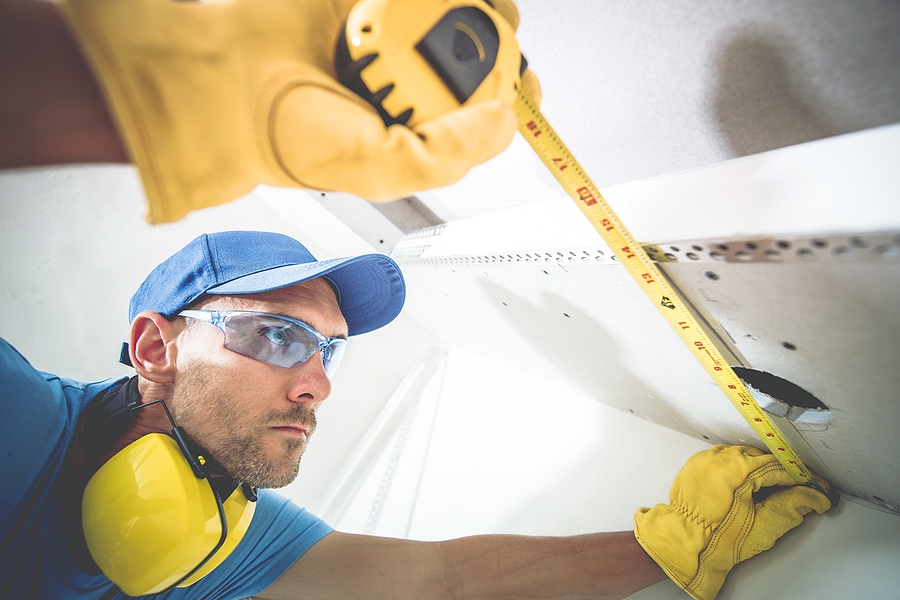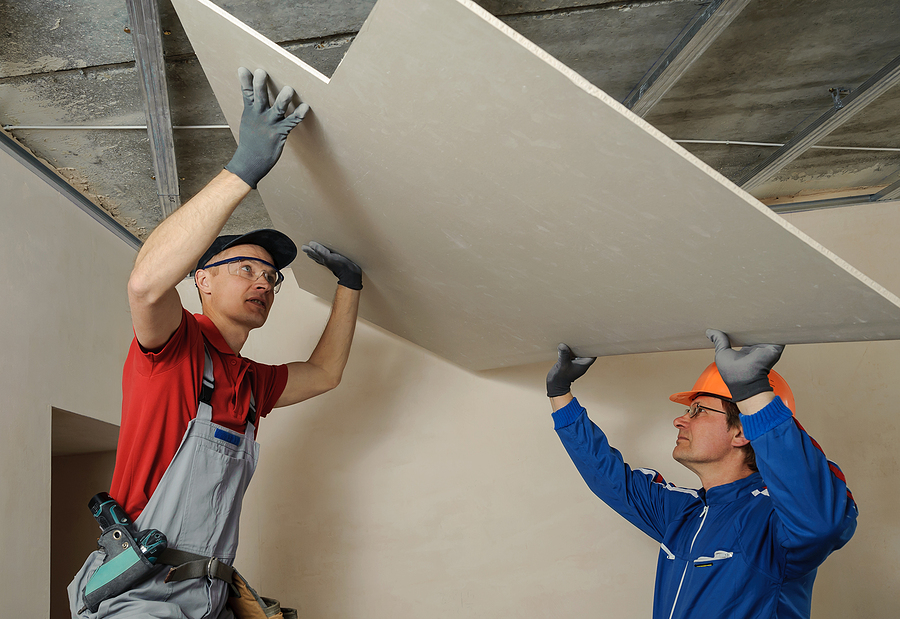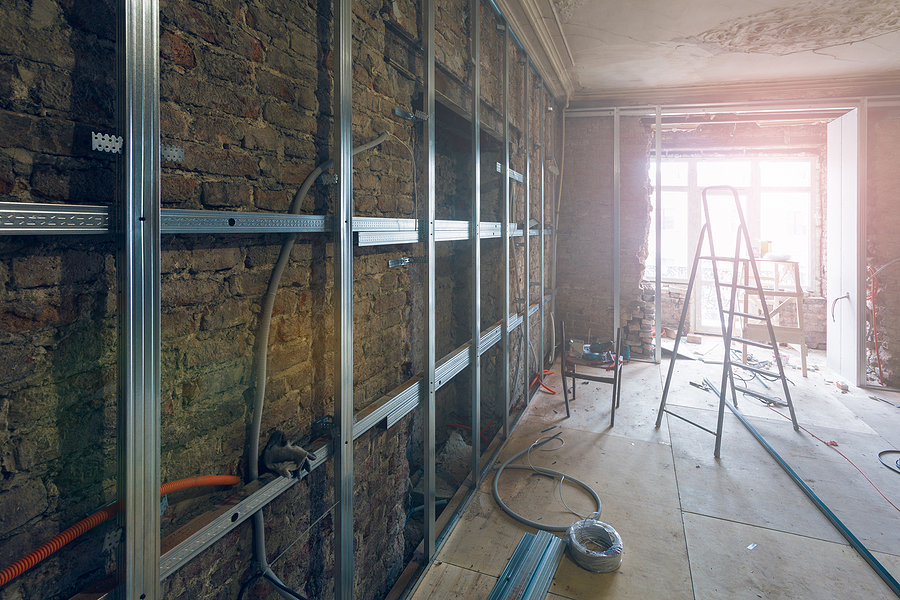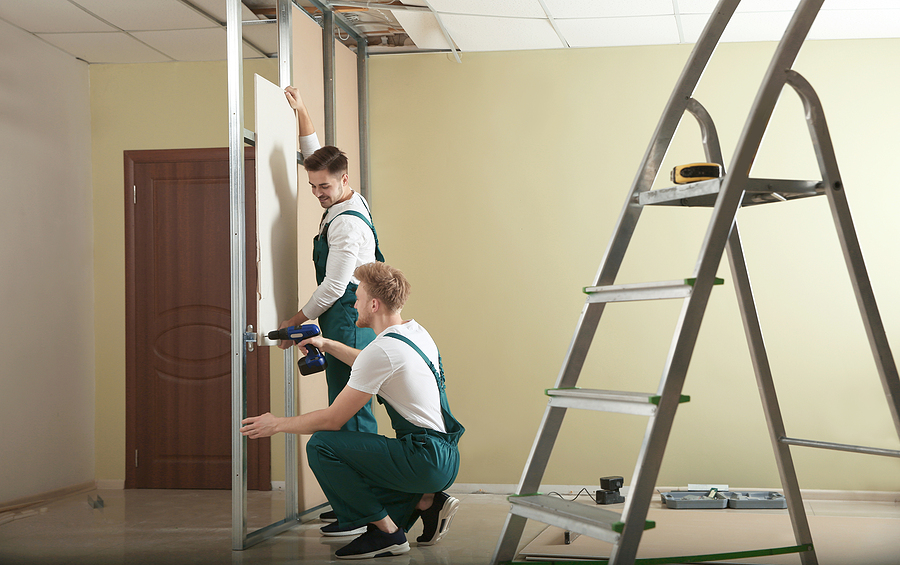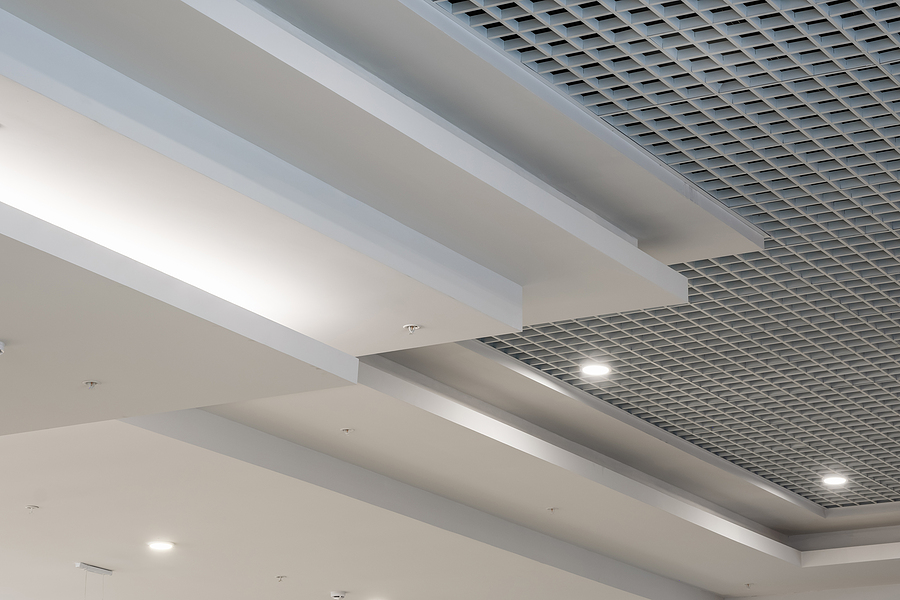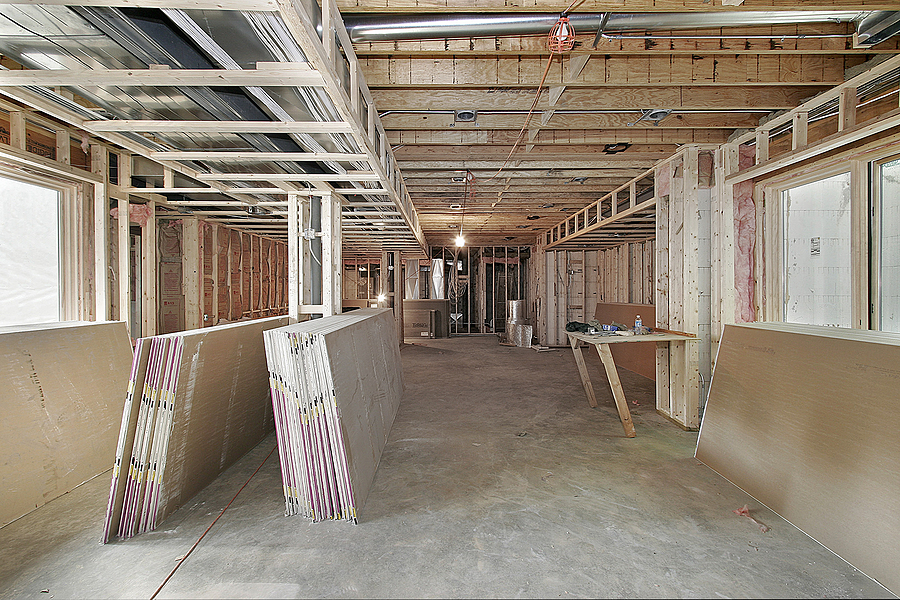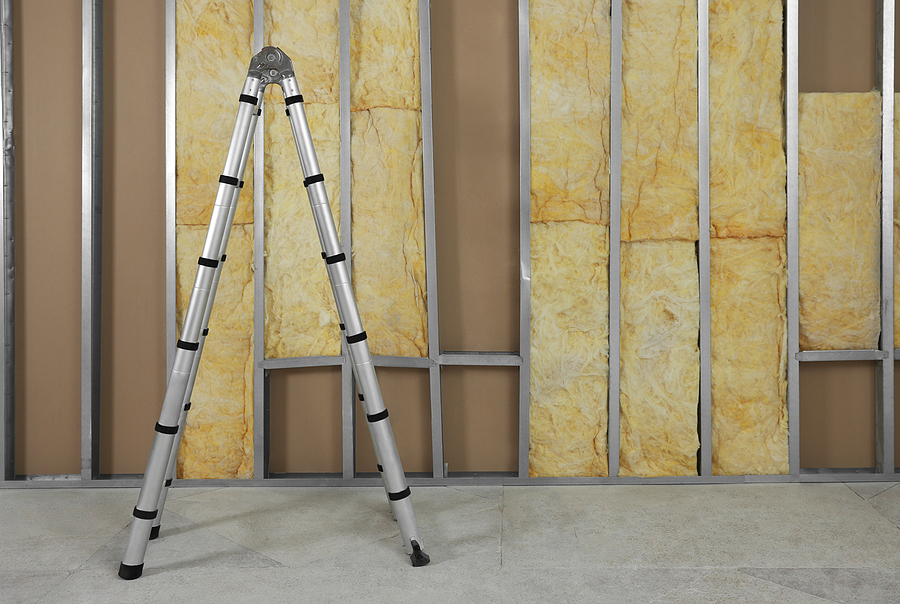The sound of traffic, loud neighbors, or even footsteps from upstairs can transform your peaceful home into a source of constant frustration. Whether you’re trying to create a quiet workspace, establish a home recording studio, or simply enjoy some peace in your living room, soundproofing your interior walls can make a dramatic difference in your quality of life.
Effective soundproofing isn’t just about stuffing insulation into wall cavities—it requires understanding how sound travels and implementing strategic solutions that address your specific noise challenges. With the right approach and materials, you can significantly reduce unwanted noise transmission and create the peaceful environment you deserve.
This comprehensive guide will walk you through proven soundproofing methods, from budget-friendly DIY solutions to professional-grade installations, helping you make informed decisions that deliver real results.

Understanding Sound Transmission and Noise Types
Before diving into soundproofing methods, it’s essential to understand how sound travels through your walls. Sound transmission occurs in two primary ways: airborne transmission and structure-borne transmission.
Airborne noise includes voices, music, and television sounds that travel through air and penetrate walls through gaps, cracks, or thin materials. Structure-borne noise, such as footsteps or vibrations from appliances, travels through solid materials like studs, floors, and wall frameworks.
Different types of noise require different soundproofing approaches. High-frequency sounds like voices are generally easier to block than low-frequency sounds like bass music or machinery noise. Understanding your specific noise challenges will help you select the most effective soundproofing strategy.
Evaluating Your Walls and Identifying Problem Areas
Start your soundproofing project with a thorough assessment of your space. Walk through each room and identify where noise enters most prominently. Pay attention to shared walls with neighbors, walls adjacent to high-traffic areas, and any walls that feel particularly thin when tapped.
Conducting a Sound Test
Work with a partner to play sounds in adjacent rooms while you listen against different sections of your walls. This simple test helps pinpoint weak spots where sound transmission is strongest. Look for gaps around electrical outlets, light switches, and where walls meet ceilings or floors—these areas often allow significant sound leakage.
Check for visible cracks, gaps, or holes in your walls, as even small openings can compromise soundproofing effectiveness. Document these problem areas to prioritize your soundproofing efforts where they’ll have the greatest impact.
Popular Soundproofing Materials and Methods
Successful soundproofing projects require specific materials designed for noise control. Here’s some to consider:
- QuietRock: A specialized soundproof drywall that incorporates dampening polymers
- QuietWood: Dense fiberboard panels that add mass to walls
- QuietCoat: A sound-dampening coating that can be applied over existing surfaces
- Mass-loaded vinyl (MLV) for adding density without bulk
- Acoustic sealant for filling gaps and cracks
Adding Mass to Your Walls
One of the most effective soundproofing principles involves adding mass to your walls. Heavier walls are naturally better at blocking sound transmission.
Using QuietWood Panels:
QuietWood offers an excellent balance of performance and affordability. These dense fiberboard panels can be installed directly over existing drywall, adding significant mass without requiring wall demolition. Cut panels to fit your wall dimensions, leaving small gaps at edges that can be sealed with acoustic caulk.
Install QuietWood panels using construction adhesive and screws driven into wall studs. This method typically costs between $2-4 per square foot and can reduce noise transmission by 10-15 decibels.
Decoupling Techniques
Decoupling involves creating separation between wall surfaces to prevent vibrations from transferring through solid connections. This advanced technique is particularly effective for structure-borne noise.
Resilient Channel Installation:
Install resilient metal channels horizontally across wall studs, then attach new drywall to these channels rather than directly to studs. This creates a floating wall system that significantly reduces vibration transfer. While more complex than simple mass-adding techniques, decoupling can provide superior soundproofing results.
Request a Free Drywall Service Assessment Today! ✏
Strategic Drywalling with QuietRock
QuietRock represents a premium soundproofing solution that combines mass and dampening technology in a single product. This specialized drywall contains viscoelastic polymers that absorb sound energy and prevent it from transmitting through walls.
Installation Considerations:
QuietRock installation follows similar procedures to standard drywall but requires careful attention to sealing all edges and penetrations. Use acoustic sealant around all joints, outlets, and fixtures. While QuietRock costs more than standard drywall—typically $40-60 per sheet—its superior performance can eliminate the need for additional soundproofing layers.
Addressing Common Soundproofing Challenges
Budget Constraints and Cost-Effective Solutions
Not every soundproofing project requires expensive materials. QuietCoat provides an affordable option for targeted noise reduction. This sound-dampening coating can be applied with standard painting techniques and offers noticeable improvement for around $1-2 per square foot.
Prioritize your most problematic areas first. Often, treating 20% of your wall surface can eliminate 80% of your noise issues. Focus on shared walls and areas where noise transmission is strongest.
DIY Skills and Professional Installation
Start with simpler projects like applying QuietCoat or installing acoustic panels before attempting advanced techniques like decoupling. Many homeowners successfully complete basic soundproofing projects, but complex installations benefit from professional expertise.
Consider hiring professionals for structural modifications or when working with expensive materials like QuietRock. A consultation with a soundproofing contractor typically costs $100-200 but can prevent costly installation mistakes.
Material Selection and Performance
Research materials thoroughly before purchasing. While QuietRock provides excellent performance, proper installation is crucial for optimal results. Similarly, budget-friendly options like QuietWood can deliver significant improvements when installed correctly.
Compare material specifications and read reviews from other users facing similar noise challenges. Consider consulting with suppliers who can recommend appropriate materials for your specific situation.
Legal Considerations and Building Codes
Before beginning any soundproofing project, check local building codes for requirements regarding wall modifications. Some areas have specific regulations about adding mass to walls or altering structural elements.
If you live in a homeowner’s association (HOA) community, review guidelines regarding interior modifications. While most soundproofing work occurs inside your walls, some associations have restrictions on construction activities or material storage.
Fire Safety and Ventilation
Ensure all soundproofing materials meet fire safety requirements for your area. Some mass-loaded vinyl products may not be suitable for certain applications due to fire codes. Additionally, consider ventilation requirements when sealing walls extensively—maintaining proper air circulation is essential for health and building integrity.
Transform Your Space with Professional Results
Effective soundproofing can dramatically improve your living or working environment, reducing stress and increasing comfort in your daily life. Whether you choose budget-friendly solutions like QuietCoat or invest in premium materials like QuietRock, understanding sound transmission principles and implementing strategic solutions will deliver lasting results.
Remember that soundproofing is often a combination of techniques rather than a single solution. Start with identifying your specific noise challenges, then implement appropriate methods that fit your budget and skill level. With proper planning and execution, you can create the peaceful environment you deserve.
Ready to start your soundproofing project? Professional installation can ensure optimal results and prevent costly mistakes. Request a drywall service quote today to explore your soundproofing options and get expert guidance tailored to your specific needs.
Related Post: Best Removable Wall Adhesives on the Market

